In the 1985 decision Lubrizol Enterprises v. Richmond Metal Finishers, the Fourth Circuit established that a licensor’s rejection of an intellectual property license under § 365 of the U.S. Bankruptcy Code terminates the licensee’s right to continue using the license. Concerned about the detrimental effects that Lubrizol would have on technological development in the United States, Congress responded swiftly by enacting the Intellectual Property Licenses in Bankruptcy Act (IPLBA), which exempted certain forms of intellectual property, such as copyrights, patents, and trade secrets, from rejection under § 365 of the Code. Trademarks, however, are notably absent from Congress’s definition of “intellectual property,” causing the trademark licensing community to question the reach of the IPLBA’s protections.
Recently, the Seventh Circuit held that a trademark licensee may continue using a licensed trademark following rejection, despite Congress’s omission of trademarks from its listed definition of “intellectual property.” This Note examines the divide between the Fourth and Seventh Circuits, and it contends that careful consideration of existing executory contract doctrine and the IPLBA’s legislative history, as well as the balance of equities, suggests that trademark licensees should retain their rights to continue utilizing licensed trademarks following rejection.

